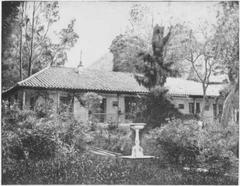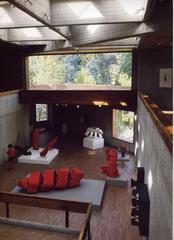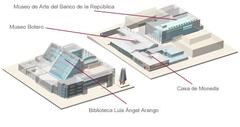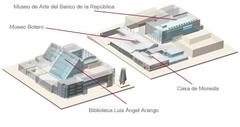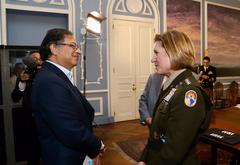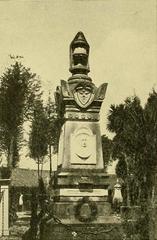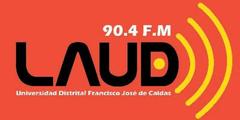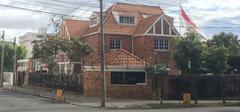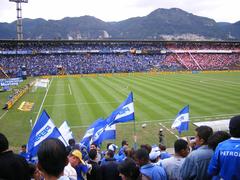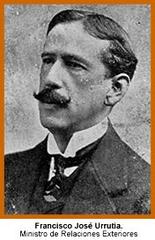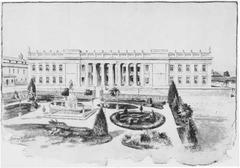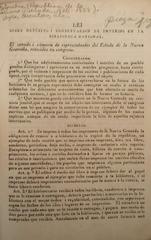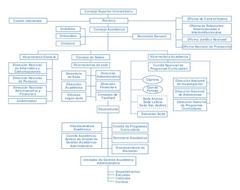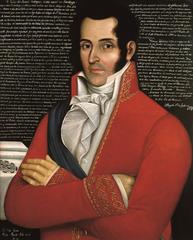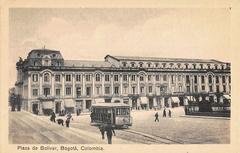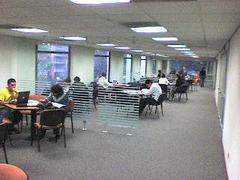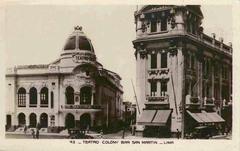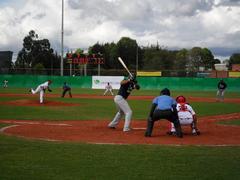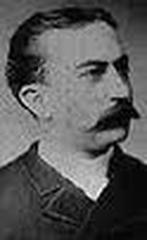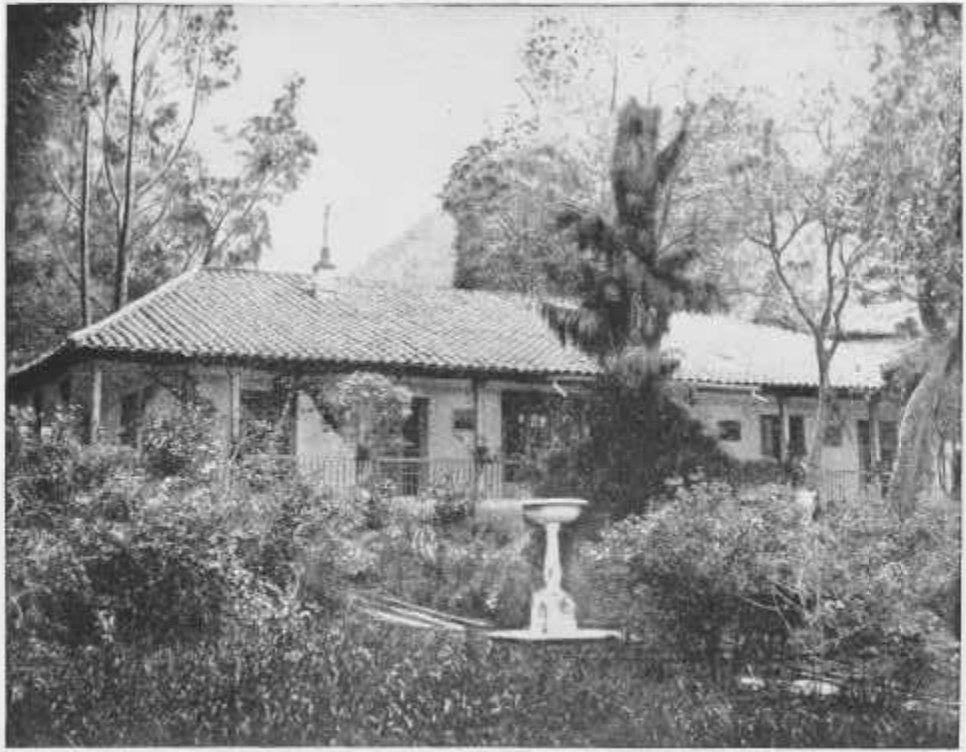
Quinta de Bolívar: Visiting Hours, Tickets, and Complete History Guide for Bogotá
Date: 15/06/2025
Introduction
Nestled at the foot of Monserrate hill in Bogotá, Colombia, the Quinta de Bolívar stands as a powerful symbol of the nation’s history and of Simón Bolívar’s enduring legacy. Once Bolívar’s residence and now a meticulously curated museum, the Quinta offers visitors an immersive journey into the era of Latin American independence and the foundation of the Colombian republic. With its authentic artifacts, period architecture, and elegant gardens, the Quinta is not only a monument to Bolívar but also a vibrant cultural hub for exhibitions, workshops, and commemorative events. This comprehensive guide details the site’s history, visitor information, accessibility, and tips to ensure a rewarding experience (quintadebolivar.gov.co, visitbogota.co, Lonely Planet).
Contents
- Introduction
- History and Cultural Significance
- Architectural and Material Heritage
- Visitor Information (Hours, Tickets, Tours, Accessibility)
- Nearby Attractions & Suggested Itineraries
- Visitor Tips
- Frequently Asked Questions
- Contact Information & How to Get There
- Summary & Conclusion
- Sources
History and Cultural Significance
Origins and Early History (1670–1820)
The Quinta de Bolívar’s story begins in 1670, when land at the base of Monserrate was donated by Pedro de Valenzuela to the Monserrate sanctuary (quintadebolivar.gov.co). For over a century, it remained ecclesiastical property until José Antonio Portocarrero purchased it in 1800 and built a rural estate. The house served as a country retreat for gatherings but fell into disrepair by the time of the independence wars.
Bolívar’s Residence and Role in Independence (1820–1830)
In 1820, the government of New Granada acquired the estate to honor Simón Bolívar’s leadership during Colombia’s independence and presented it to him. Bolívar renovated the property—adding a Prussian-style chimney and a French-style dining room—and used it as both personal residence and political center. The estate hosted significant figures such as Francisco de Paula Santander and Antonio Nariño, and Manuela Sáenz was a frequent and influential guest (hotelesb3.com, nicoramos.co).
Post-Bolívar Era and Decline (1830–1918)
After Bolívar’s departure in 1830, the Quinta passed to José Ignacio París and later served a variety of purposes—including a girls’ school, tannery, and beverage factory. These adaptations led to architectural deterioration, but the site remained a silent witness to Colombia’s evolving social landscape (cartagenaexplorer.com).
Restoration and Museum Foundation (1918–Present)
Restoration efforts began in 1918, leading to the government’s purchase in 1922 and the estate’s designation as a National Monument in 1975. A comprehensive restoration from 1991 to 1998 aimed to recover its Bolívar-era appearance. Today, the Quinta operates as a museum, preserving artifacts, documents, and memories of the independence movement (visitbogota.co).
Architectural and Material Heritage
The Quinta de Bolívar is a prime example of neoclassical and colonial architecture, with thick adobe walls, clay tile roofs, and wood-beamed corridors opening onto lush gardens (nicoramos.co). The estate’s museum houses Bolívar’s personal effects, period furnishings, and historic documents, including unique artifacts such as vestiges of colonial kitchens and drainage systems. Bolívar’s sword, famously stolen in 1974 and returned in 2023, is an especially poignant symbol of national memory (thecitypaperbogota.com).
Visitor Information
Location and Access
- Address: Calle 21 No. 4A-30 Este, Bogotá D.C., Colombia (Quinta de Bolívar official site)
- Neighborhood: La Candelaria, near major attractions like Museo del Oro and Monserrate
- Transport: Easily accessible by TransMilenio (Museo del Oro or Las Aguas stations), taxis, and ride-hailing services
Visiting Hours
- Tuesday to Sunday: 9:00 a.m. – 5:00 p.m.
- Closed: Mondays and certain holidays (Jan 1, May 1, Dec 25)
- Free Entry: Wednesdays after 3:00 p.m. and the last Sunday of each month (Quinta de Bolívar official site)
Ticket Prices
- Colombian Citizens: Ages 6–12: COP $2,000; 13–17: COP $4,000; 18–59: COP $6,000
- Foreign Visitors: Suggested donation in USD (payable in COP, amount varies with exchange rate—see official site)
- Free: Children under 6, adults over 60, and during designated free periods
Payment is accepted in cash (COP); credit card acceptance is limited.
Guided Tours and Audio Guides
- Guided Tours: Offered daily (in Spanish; English tours usually Wednesdays at 11:00 a.m.—confirm availability and reserve in advance)
- Audio Guides: Spanish and English, available for COP $2,000 (Lonely Planet)
Accessibility
- Some areas are wheelchair accessible (main entrance, gardens); interior rooms may have steps or uneven floors (WhichMuseum)
- Visitors with mobility needs should contact the museum ahead of time
Facilities
- Restrooms: Available
- Photography: Permitted for personal use (no flash or tripods). Professional photography requires permission (Museodata)
- No on-site café or gift shop, but La Candelaria offers ample options nearby
Exploring the Quinta de Bolívar
Museum Highlights
- Bolívar’s Private Quarters: Bedroom, study, and personal effects
- Reception Rooms: Colonial-era furniture and art
- Independence Room: Busts, paintings, and memorials to independence heroes
- Gardens: Colonial landscaping, native and medicinal plants, tranquil courtyards
Educational Programs
- Workshops and lectures for all ages, focused on Colombian history, architecture, and heritage
- Cultural events and temporary exhibitions throughout the year
Nearby Attractions & Suggested Itineraries
- Monserrate Hill: Panoramic city views and pilgrimage site
- La Candelaria: Colonial architecture, street art, cafes, and museums
- Museo Botero & Gold Museum: Major cultural institutions within walking distance
Combine your visit to the Quinta with a walking tour of Bogotá’s historic center for a full day of exploration (Tourist Secrets).
Visitor Tips
- Best Time to Visit: Weekday mornings for fewer crowds; free entry periods are lively but busier
- Weather: Bogotá is cool and can be rainy; bring a jacket and umbrella
- Safety: La Candelaria is safe by day; avoid carrying valuables and walking alone at night (The Crazy Tourist)
- Language: Most signage is in Spanish; audio guides and some tours are offered in English
Frequently Asked Questions (FAQ)
Q: What are the Quinta de Bolívar visiting hours?
A: Tuesday–Sunday, 9:00 a.m.–5:00 p.m. Closed Mondays and select holidays.
Q: How much are tickets?
A: Colombian citizens: COP $2,000–$6,000 (by age); foreign visitors: suggested donation (see official site). Free for young children, seniors, and during certain periods.
Q: Are guided tours available in English?
A: Typically Wednesdays at 11:00 a.m.; reserve in advance.
Q: Is the site accessible for visitors with disabilities?
A: Some areas are accessible; contact the museum for specific needs.
Q: Can I take photos?
A: Yes, but no flash or tripods. Professional photography requires authorization.
Q: Where is the Quinta de Bolívar located?
A: Calle 21 No. 4A-30 Este, La Candelaria, Bogotá.
Contact Information & How to Get There
- Address: Calle 21 No. 4A-30 Este, Bogotá, Colombia
- Phone: +57(1) 3424100 Ext. 2304
- Email: [email protected]
- Official Website: https://www.quintadebolivar.gov.co
Access:
- By TransMilenio: Museo del Oro or Las Aguas stations
- By taxi/ride-hailing: Provide the address above
- On foot: Short walk from central La Candelaria
Summary
The Quinta de Bolívar is a cornerstone of Colombian heritage—offering visitors a window into the nation’s independence era through its neoclassical architecture, museum collections, and educational programming. Easily accessible and affordably priced, the Quinta is an essential stop for history enthusiasts and travelers seeking to understand Colombia’s past and present. Use this guide, check the official site for current updates, and consider enhancing your experience with audio guides or guided tours.
For more travel resources and to enrich your visit, download the Audiala app and follow our channels for updates on Bogotá’s historical sites.
Sources
- Quinta de Bolívar official site
- Nicolás Ramos – Arquitectura de la Quinta de Bolívar
- The City Paper Bogotá – Bolívar’s Sword Returns
- Lonely Planet – Quinta de Bolívar
- WhichMuseum – Quinta de Bolívar
- Directionally Challenged Traveler – Best Museums in Bogotá
- Tourist Secrets – Bogotá Guide
- Museodata – Directorio de Museos
- The Crazy Tourist – 25 Best Things to do in Bogotá
All information is current as of June 15, 2025. Always consult official resources before your visit.
